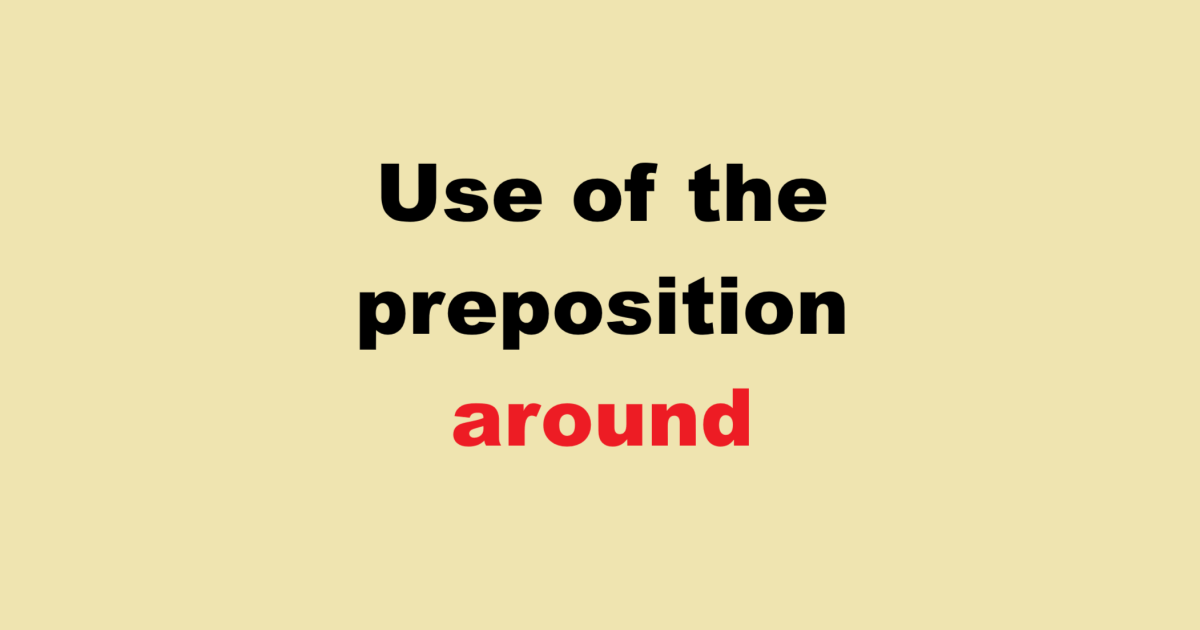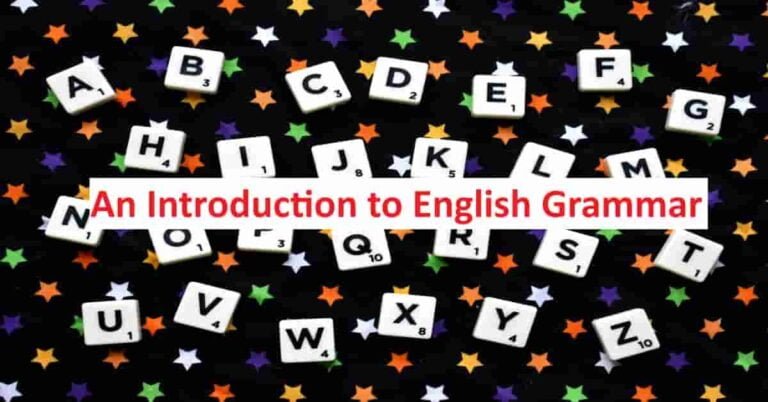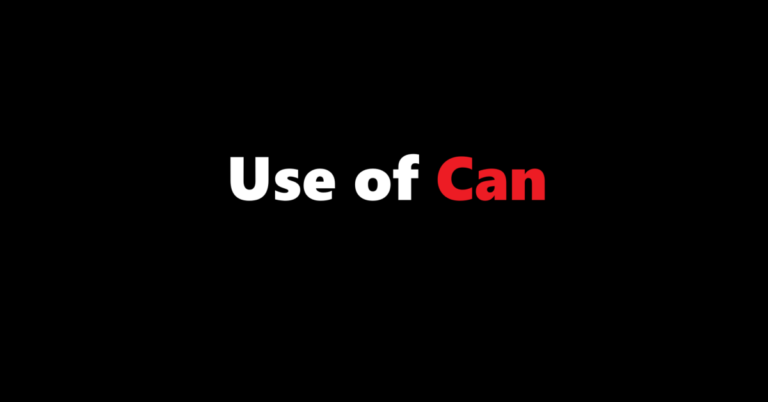Use of the preposition around. The preposition “around” is a linguistic chameleon, a word that comfortably fits into a variety of contexts and carries a surprisingly broad range of meanings. While seemingly simple, understanding the nuances of “around” can significantly improve your comprehension and usage of the English language. This blog post will delve into the various applications of “around,” exploring its core meanings, subtle differences, and common idiomatic expressions. Buckle up, we’re going to go around the topic extensively!
Use of the preposition around
The Core Meanings of “Around”
At its heart, “around” conveys the idea of proximity, circularity, or approximation. Let’s break these down:
- Proximity/Location: This is perhaps the most common and easily grasped meaning. “Around” indicates that something is in the vicinity of something else, but not necessarily directly next to it. Think of it as being within a certain radius.
- Example: “The bookstore is just around the corner.” (It’s nearby, but not directly at the intersection.)
- Example: “There are several good restaurants around here.” (In this general area, not necessarily all clustered together.)
- Example: “She kept the cat around.” (Meaning she kept the cat in the vicinity of her home or person.)
- Circularity/Encompassing: “Around” can also suggest movement or position in a circular or encompassing manner. It indicates being situated on all sides of something, or moving in a circular path.
- Example: “The Earth revolves around the Sun.” (The Earth moves in a circular orbit surrounding the Sun.)
- Example: “He put his arm around her shoulder.” (His arm encircled her shoulder.)
- Example: “There was a fence around the garden.” (The fence surrounded the garden.)
- Approximation/Estimate: “Around” can be used to indicate an estimated quantity or time, suggesting a value that is close to the actual figure.
- Example: “It costs around $20.” (The price is approximately $20.)
- Example: “I’ll be there around 3 o’clock.” (You’ll arrive approximately at 3 o’clock.)
- Example: “There were around 50 people at the party.” (The number of attendees was roughly 50.)
Diving Deeper: Specific Uses and Variations
Now that we’ve covered the core meanings, let’s explore some specific contexts where “around” is used, along with subtle variations in its meaning:
- Movement and Direction: “Around” can describe movement along a path that is not straight, or movement that involves bypassing something.
- Example: “We drove around the city.” (We took a route that encompassed the city, but didn’t necessarily cross directly through it.)
- Example: “They walked around the block.” (They walked along the perimeter of the block.)
- Example: “The dog ran around the yard.” (The dog moved freely within the confines of the yard, likely not in a straight line.)
- Using “Around” to Avoid: “We drove around the traffic jam.” (We avoided the congestion by taking an alternate route.)
- Activity and Interaction: “Around” can denote activity related to a particular subject or group of people.
- Example: “They were talking around the issue but not addressing it directly.” (They were skirting the topic without tackling the main points.)
- Example: “She likes to hang around with her friends.” (She enjoys spending time with her friends.)
- Example: “He’s always fooling around.” (He’s always engaging in playful or mischievous behavior.)
- Distribution and Availability: “Around” can indicate that something is distributed or available in a particular area or among a group of people.
- Example: “There’s plenty of food to go around.” (There’s enough food for everyone.)
- Example: “We passed the hats around.” (We distributed the hats to everyone present.)
- Example: “The news spread around quickly.” (The news disseminated rapidly throughout the community.)
- Time and Sequence: While less common, “around” can also be used in relation to time, often implying a cyclical or recurring event.
- Example: “Every year, around Christmas, we visit our relatives.” (We visit our relatives annually around the Christmas holiday.)
- Example: “We’ll come around again next week.” (We’ll return the following week.)
“Around” vs. Similar Prepositions
Understanding the subtle differences between “around” and similar prepositions like “near,” “about,” and “round” can further refine your grasp of their usage.
- Around vs. Near: Both indicate proximity, but “near” implies a closer distance. “The bookstore is near the station” suggests it’s closer than “The bookstore is around the station.”
- Around vs. About: When referring to approximation, “around” and “about” are often interchangeable. “It costs around $20″ is virtually the same as “It costs about $20.” However, “about” has a broader range of meanings related to subject matter (“a book about history”), which “around” doesn’t share.
- Around vs. Round: In British English, “round” is often used interchangeably with “around” in contexts of location and movement. “He lives round the corner” is common in the UK. In American English, “around” is the more prevalent choice. However, “round” often implies a more specifically circular shape (“a round table”).
Common Idiomatic Expressions with “Around”
“Around” features prominently in numerous idiomatic expressions, adding color and nuance to everyday language. Here are a few examples:
- Get around to: To finally find the time to do something. “I need to get around to cleaning the garage.”
- Mess around: To play or fool around; to waste time. “Stop messing around and get to work!”
- Look around: To explore or examine an area. “Let’s look around the museum.”
- Stick around: To remain in a place. “Stick around, the party’s just getting started!”
- Come around: To change one’s opinion or agree with something. “He’ll come around eventually, I’m sure.”
- Turn around: To reverse direction. “The economy is starting to turn around.”
- Lie around: To be lazy and inactive. “I spent the whole day lying around watching TV.”
- Run around: To be very busy doing many things. “I’ve been running around all day trying to get everything done.”
- Poking around: Exploring an area in a nosy or inquisitive manner. “The detective was poking around for clues.”
- Dance around: To avoid addressing a topic directly. “Stop dancing around the subject and tell me what happened!”
Conclusion: Mastering the Art of “Around”
As we’ve seen, “around” is a multifaceted preposition that adds depth and precision to the English language. By understanding its core meanings, recognizing its variations, and familiarizing yourself with common idiomatic expressions, you can confidently navigate the nuances of this versatile word. So, the next time you encounter “around,” remember this comprehensive guide and confidently use it to express your thoughts and ideas with clarity and precision. Now, go around and put your knowledge into practice!
Use of the preposition around
- Use of the preposition above
- Use of the preposition about
- What is Religion
- News in Hindi
- Human vs AI
- Very Important Word Lists
Use of the preposition around | Use of the preposition around | Use of the preposition around



